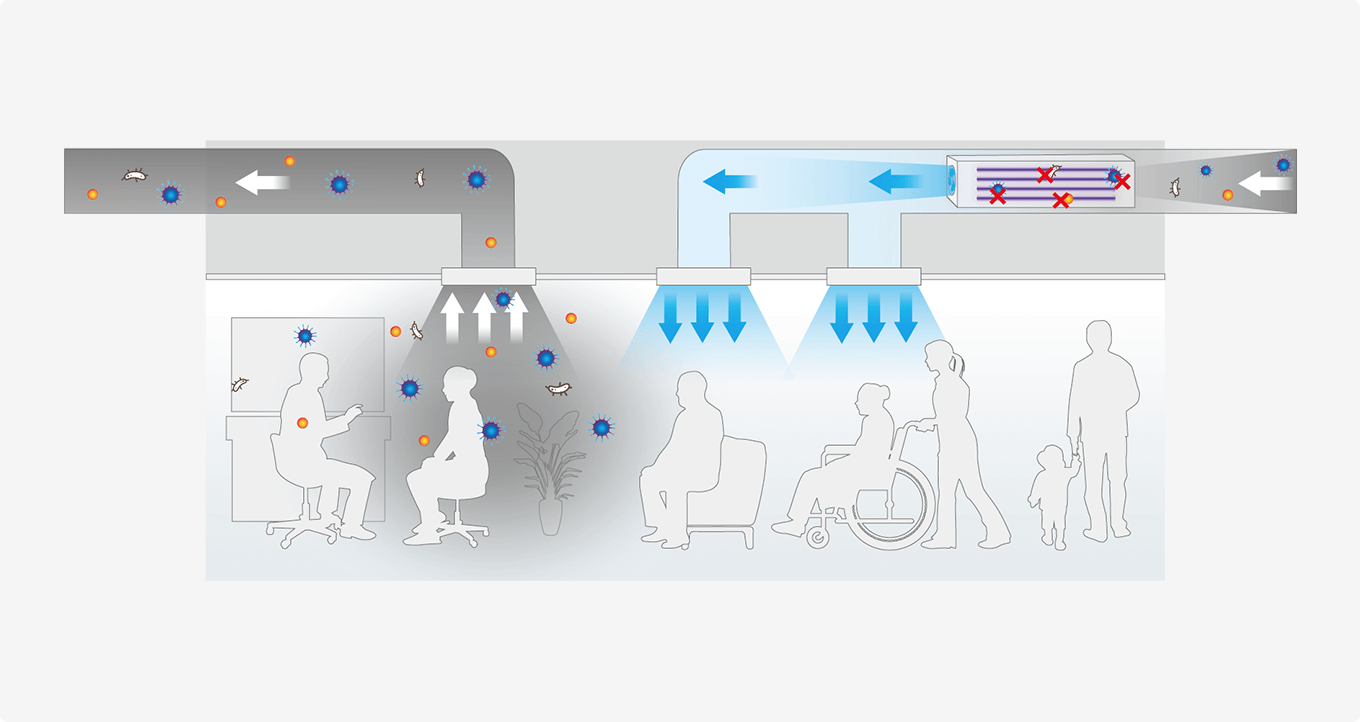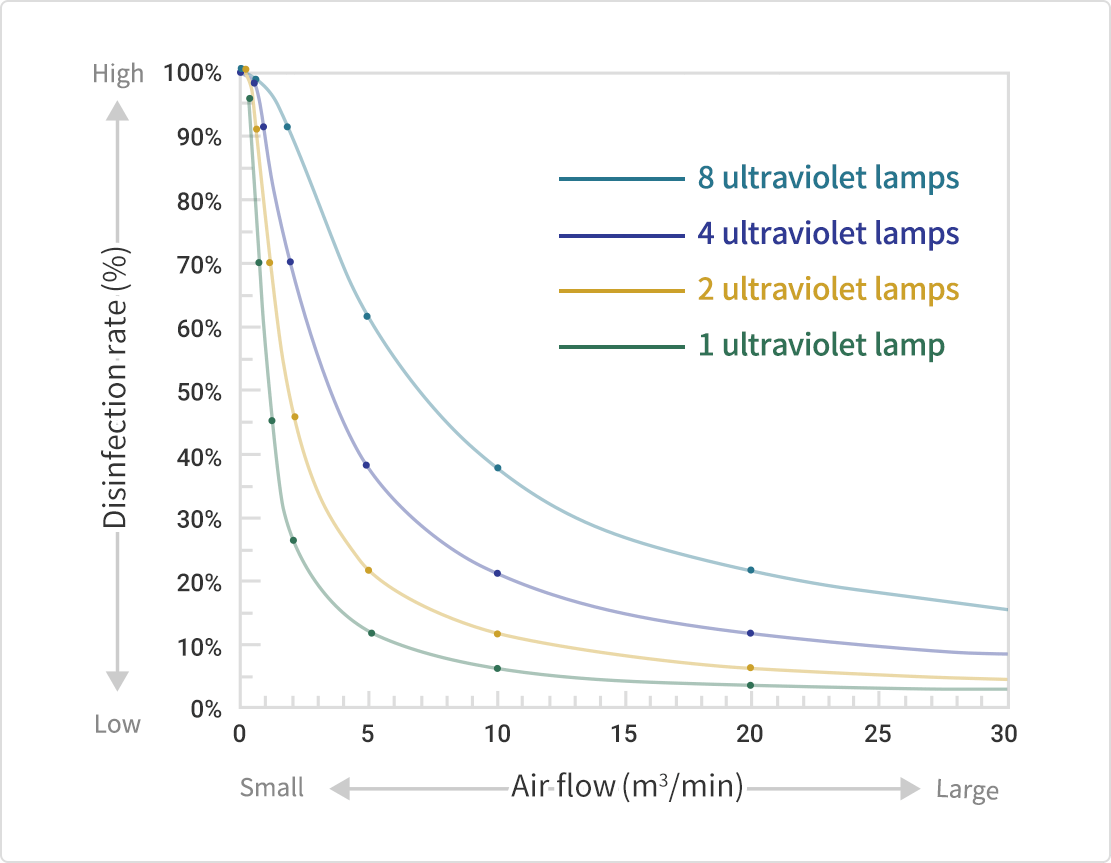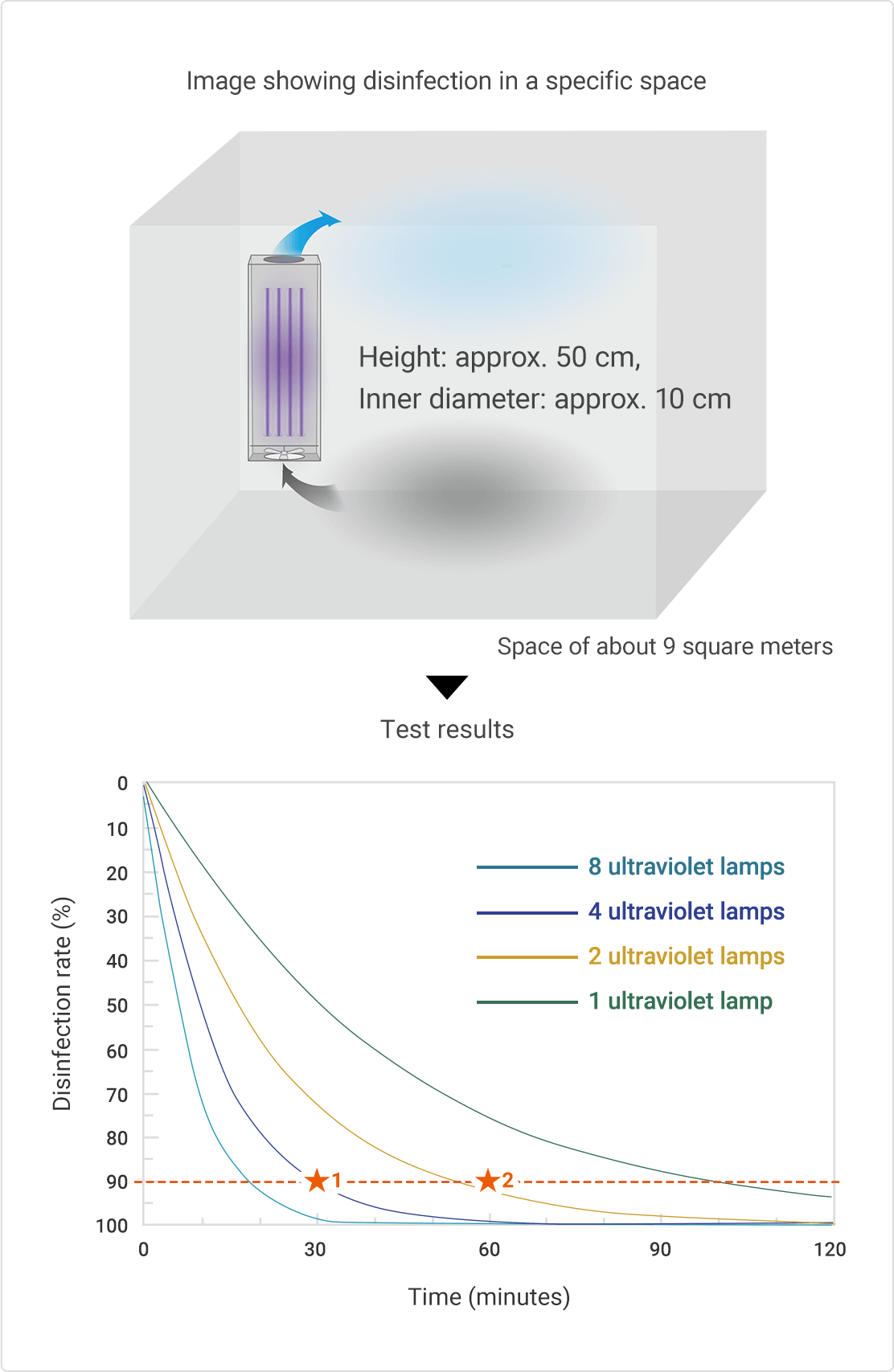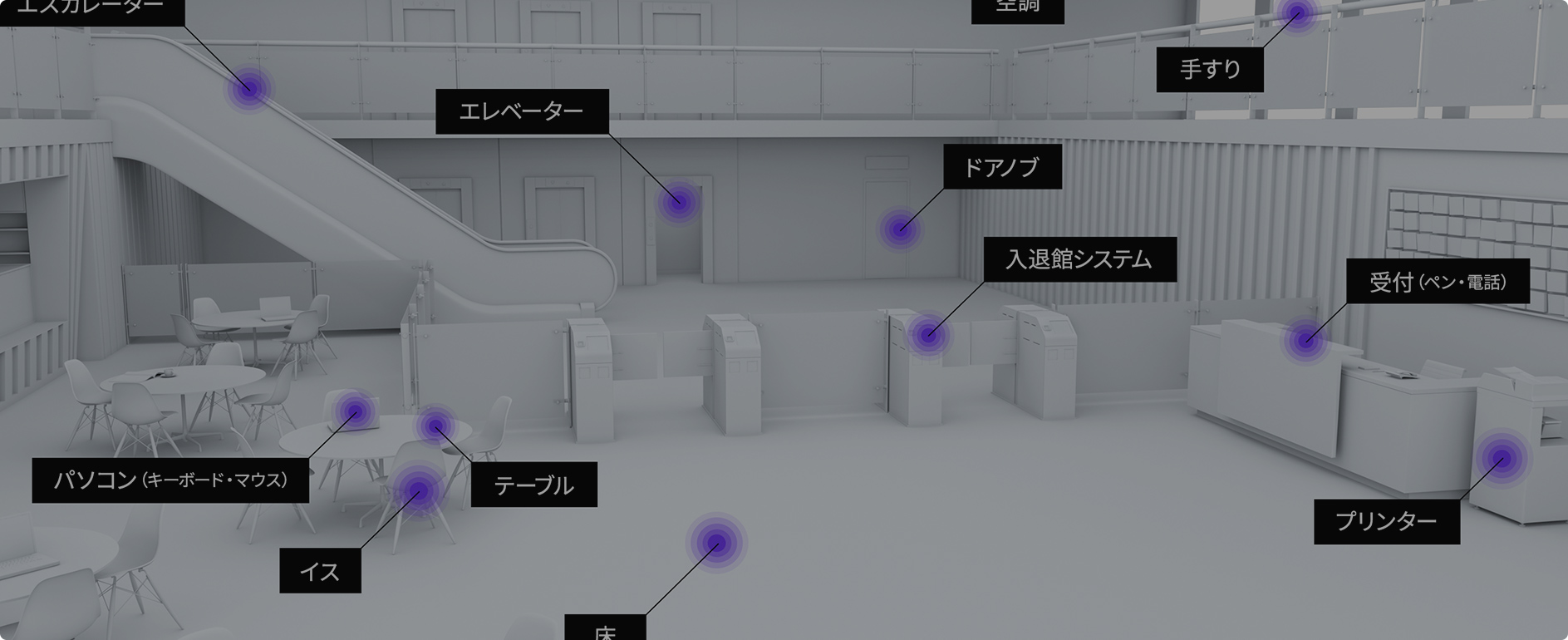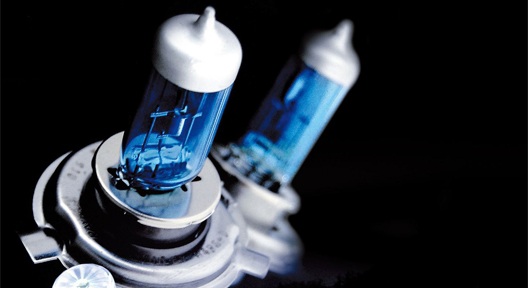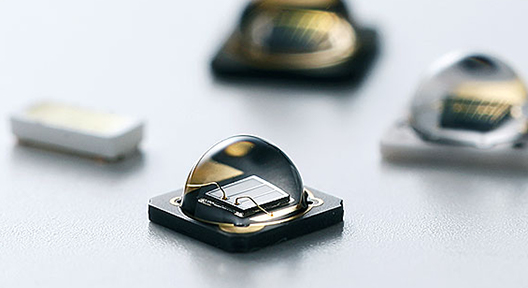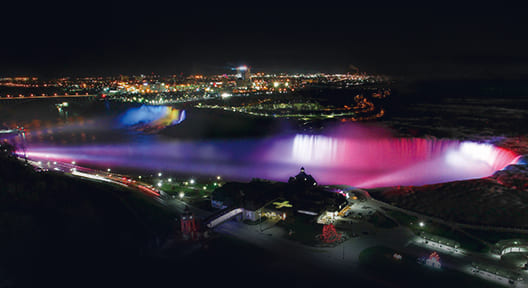- HOME /
- Product information /
- UV-C product /
- How UV-C works in our daily lives /
- Air disinfection with UV-C technology
Air disinfection with UV-C technology
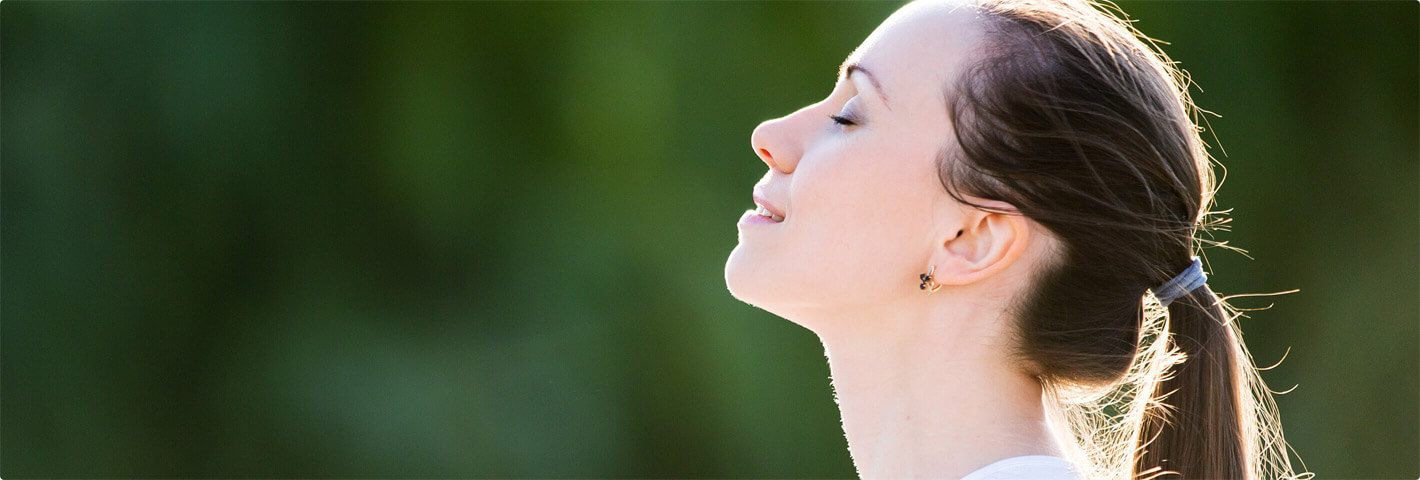
Offering safe lives with clean air
UV-C technology that can disinfect viruses has drawn a great deal of interest for use in disinfecting enclosed spacing as a result of the growing worldwide infection caused by the new coronavirus. We believe that UV-C technology will be used to make spaces, where many people gather such as offices, restaurants and event halls, more comfortable and safer to spend time.
Basic structure of air disinfection
A circulation method is often used for air disinfection in which air taken in from a specific enclosed space is disinfected by irradiating UV light on it directly and then clean air is supplied outside Recently, air purifiers with UV light in various sizes have been released to the market for use indoors in such places as hospital waiting rooms, as well as compact air purifiers for use in small spaces such as inside vehicles.
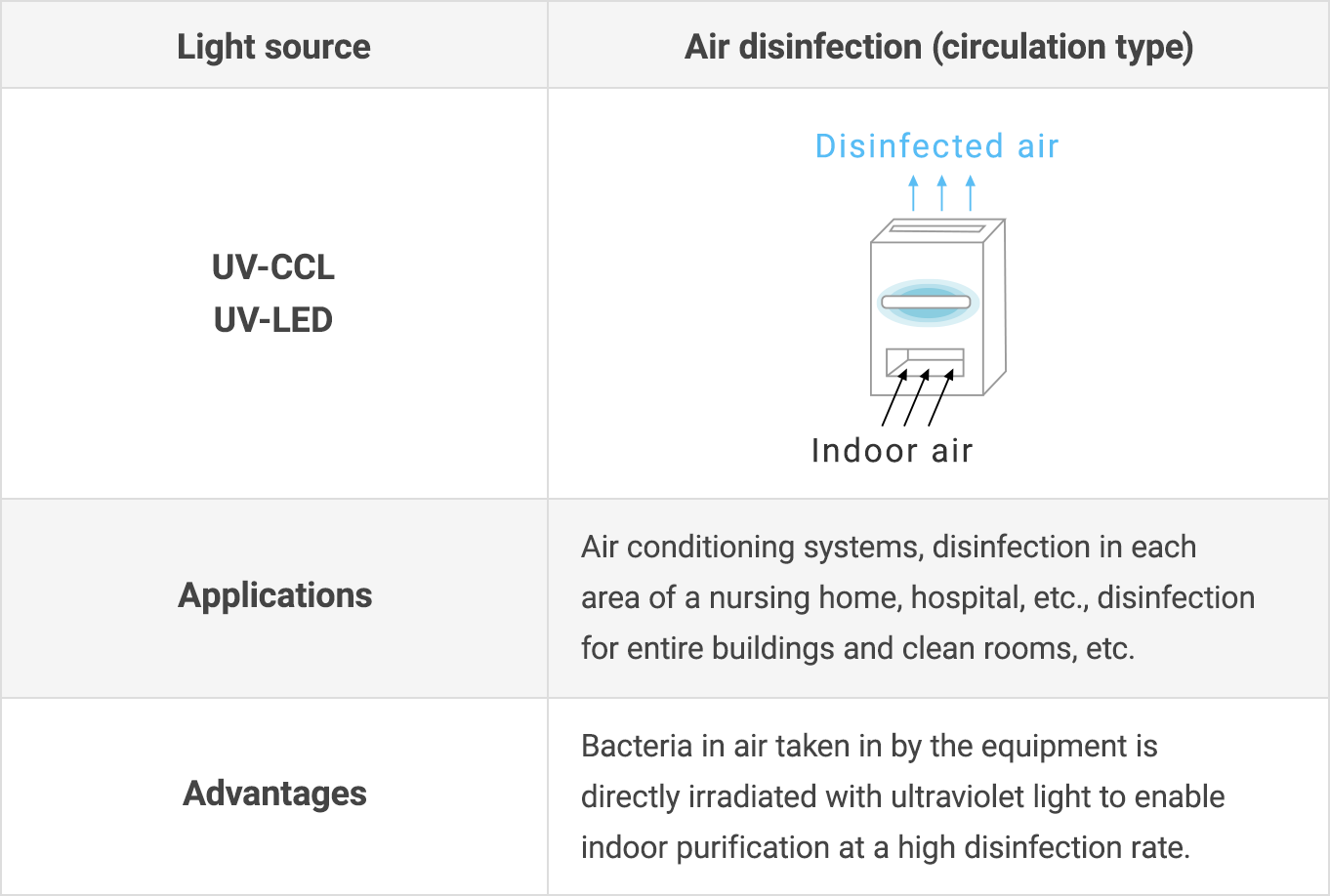
| Light source | Air disinfection (circulation type) |
|---|---|
| UV-CCL UV-LED |
 |
| Applications | Air conditioning systems, disinfection in each area of a nursing home, hospital, etc., disinfection for entire buildings and clean rooms, etc. |
| Advantages | Bacteria in air taken in by the equipment is directly irradiated with ultraviolet light to enable indoor purification at a high disinfection rate. |
Click for the image.
Disinfection effect
For circulating air disinfection systems, the disinfection effect and necessary time changes depending on the amount of air flow and the number of ultraviolet light sources.
When disinfecting air in a single-pass, the less air flows, the more in disinfection rate, and more ultraviolet light sources, more in the disinfection rate [See Fig. 2] The measurement result of the circulation type air disinfection effect in relation to the basic performance of this single-pass type is shown.
Fig.3 shows the results of the disinfection rate and time by the number of lamps, when a circulation type air disinfection system equipped with UV-CCL was installed in a specific space. To obtain a disinfection rate of 90% after 30 minutes, four or more ultraviolet lamps are required in the system (★1). And to obtain a disinfection rate of 90% after 60 minutes, two or more ultraviolet lamps are required in the system (★2).
The more air flow we have, the lower the disinfection rate,
and the less air flow we have, the higher the disinfection.
Therefore, Stanley Electric provides proposals to customers
for the most optimal device to use based on the air flow, the size of the space,
and the disinfection rate the customer wants to achieve.
Applications with UV-C disinfection
-
 How UV-C disinfect?
How UV-C disinfect? -
 Stanley Electric's UV-C technology
Stanley Electric's UV-C technology -
 Product lineup
Product lineup
